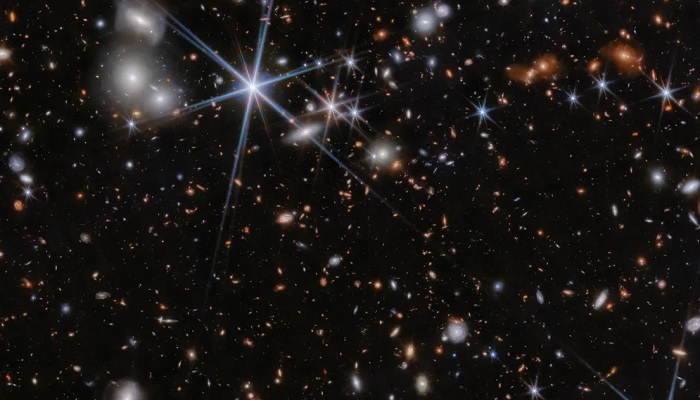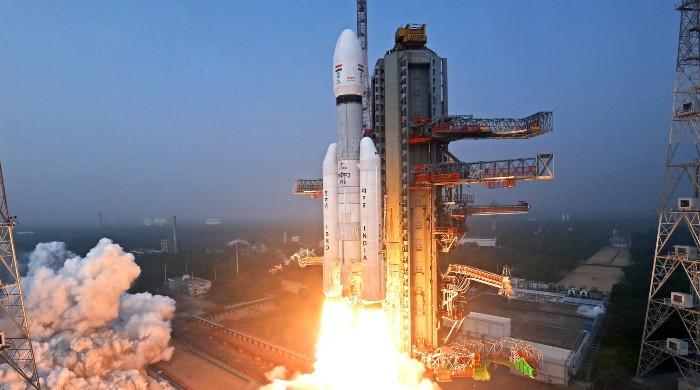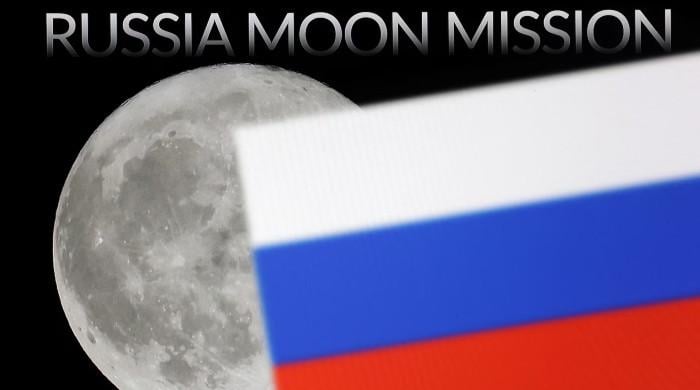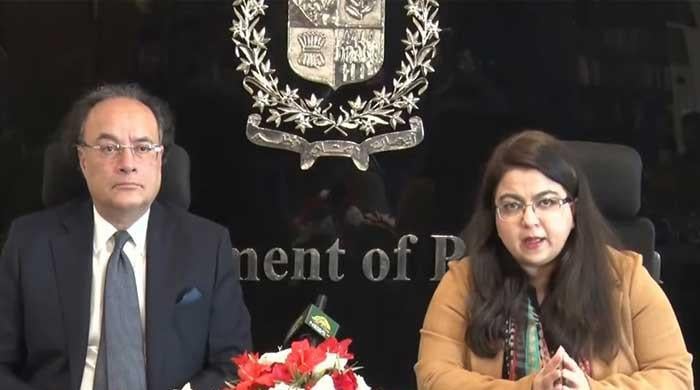Supermassive merging black holes shaped galaxies post Big Bang, JWST finds
James Webb Space Telescope finds earliest galaxies with colliding black holes
May 18, 2024

Astronomers, crunching the James Webb Space Telescope (JWST) data, have recently stumbled on the two oldest galaxies presenting a violent collision of two supermassive black holes, just 740 million years after the Big Bang, Smithsonian Magazine reported.
According to the astrophysicist, this discovery, reported in the journal Monthly Notices of the Royal Astronomical Society, helps advance our understanding of how black holes grew to immense sizes in the early universe. Utilising the James Webb Space Telescope, researchers peered back 13 billion years to witness this merger.
Scientists are still unsure regarding the origins of colossal black holes, millions or billions of times more massive than that of our sun.
“Do they somehow get born big, or do they have to be built from initially smaller black holes that smash together to form the giants?” Andrew Pontzen, a cosmologist at University College London who did not contribute to the findings, told the Guardian’s Hannah Devlin. “This new evidence from [the Webb telescope] is indirect, but it helps suggest a major role for black hole collisions.”
“Our findings suggest that merging is an important route through which black holes can rapidly grow, even at cosmic dawn,” Hannah Übler, a researcher at the University of Cambridge in England, said in a statement from the European Space Agency. “Together with other Webb findings of active, massive black holes in the distant universe, our results also show that massive black holes have been shaping the evolution of galaxies from the very beginning.”









